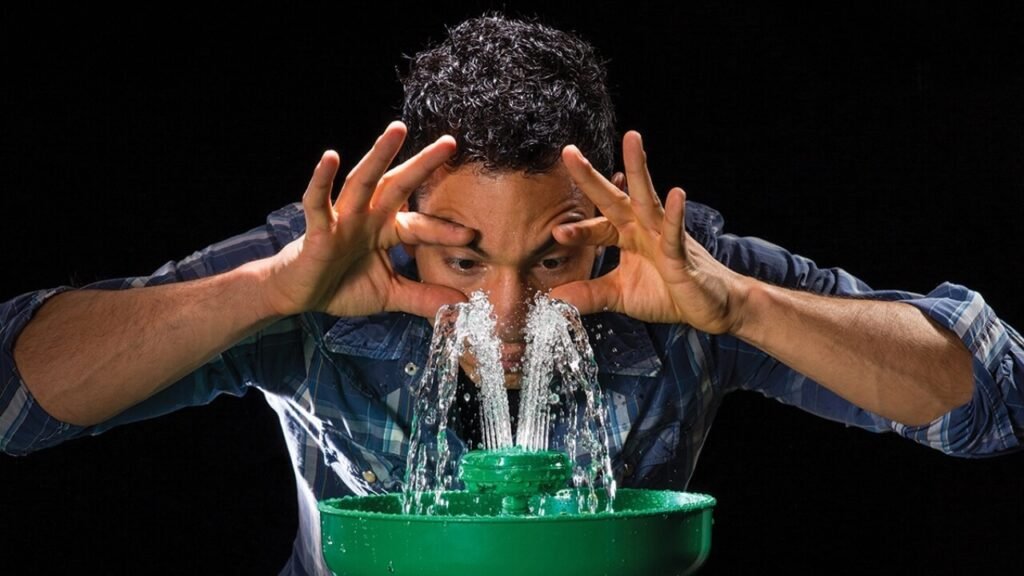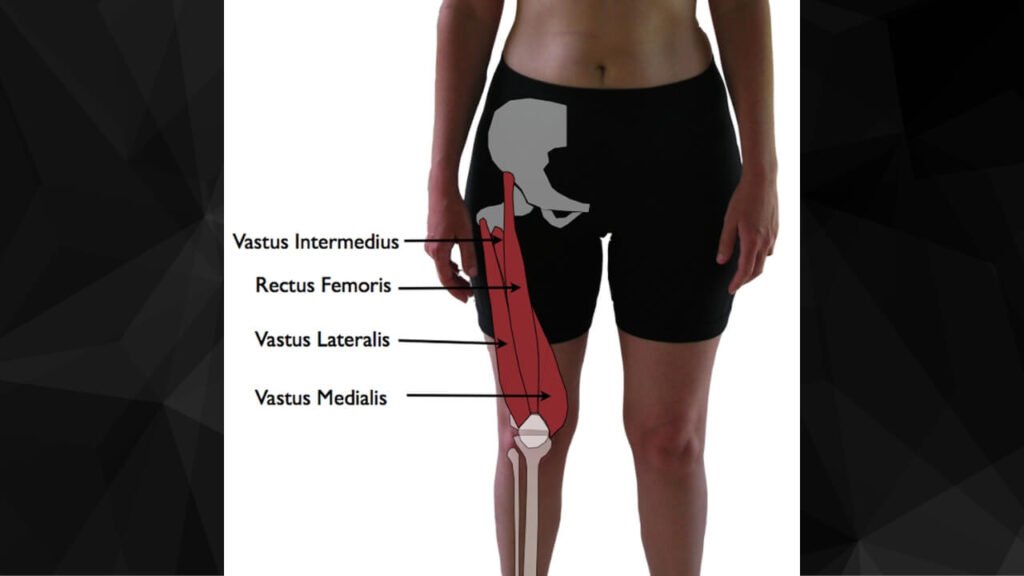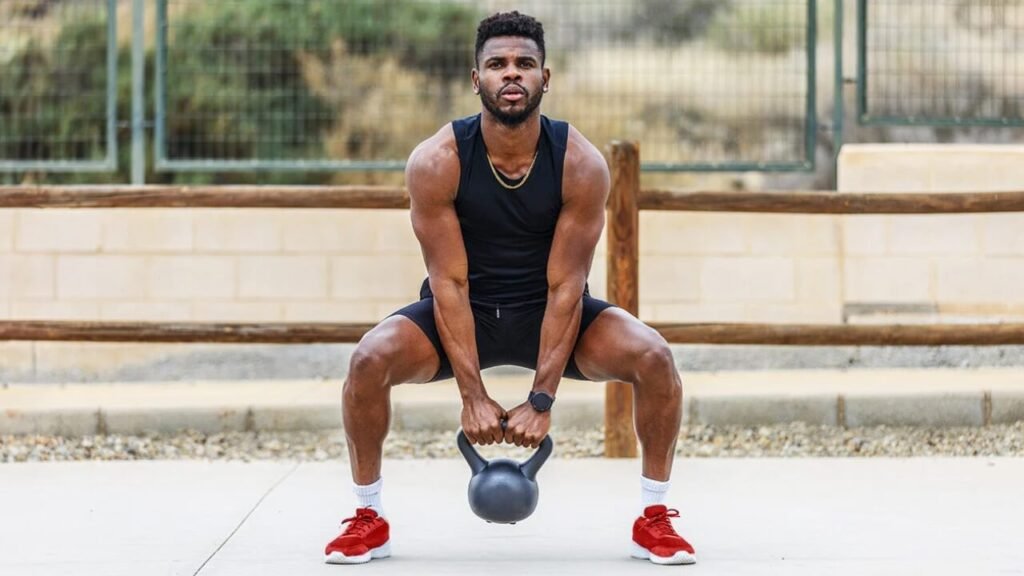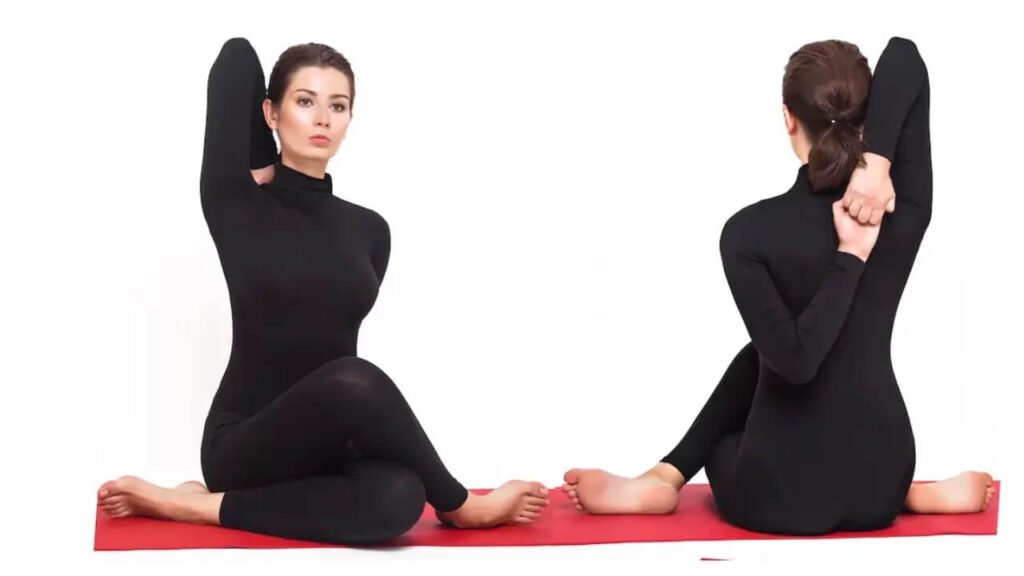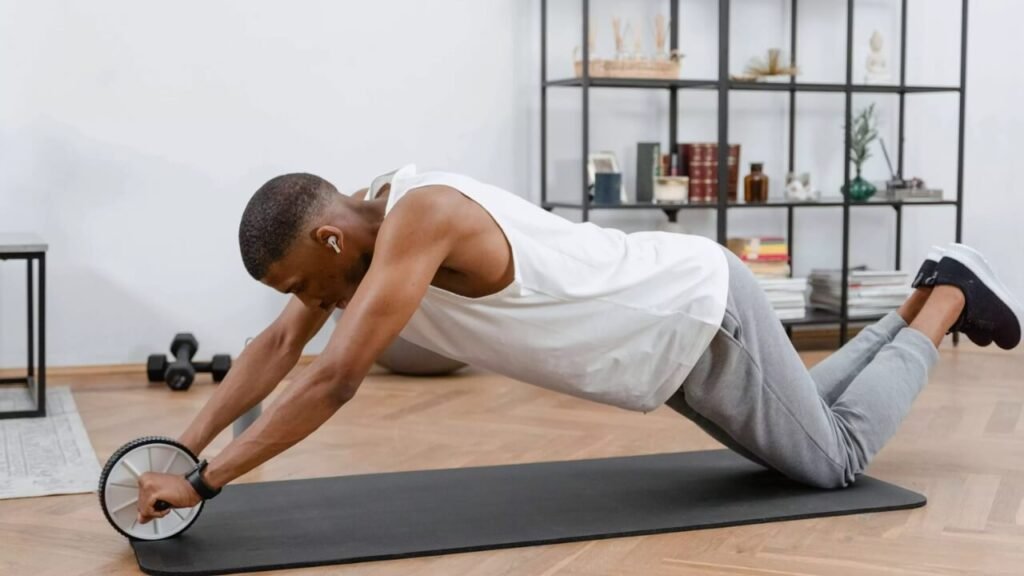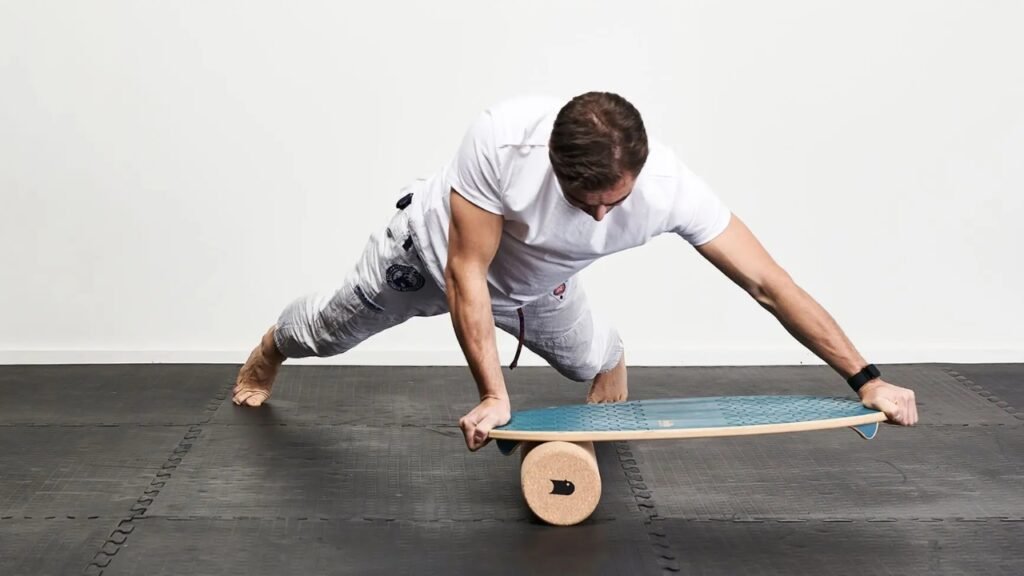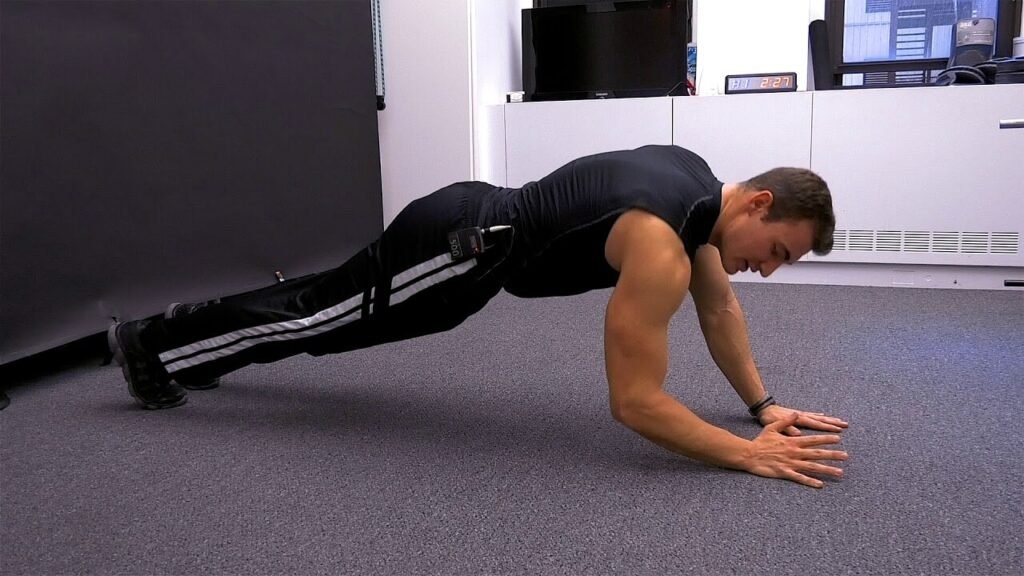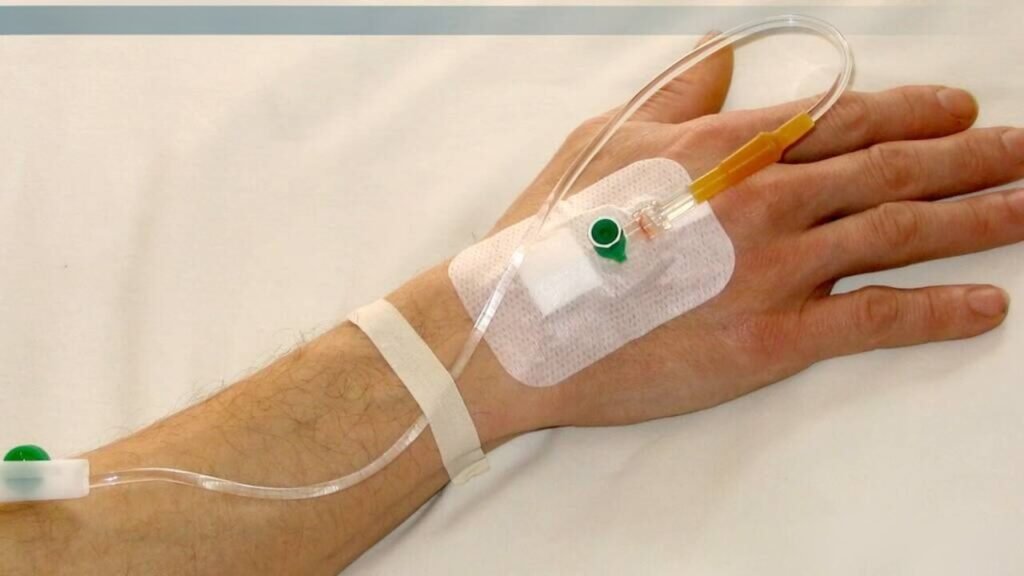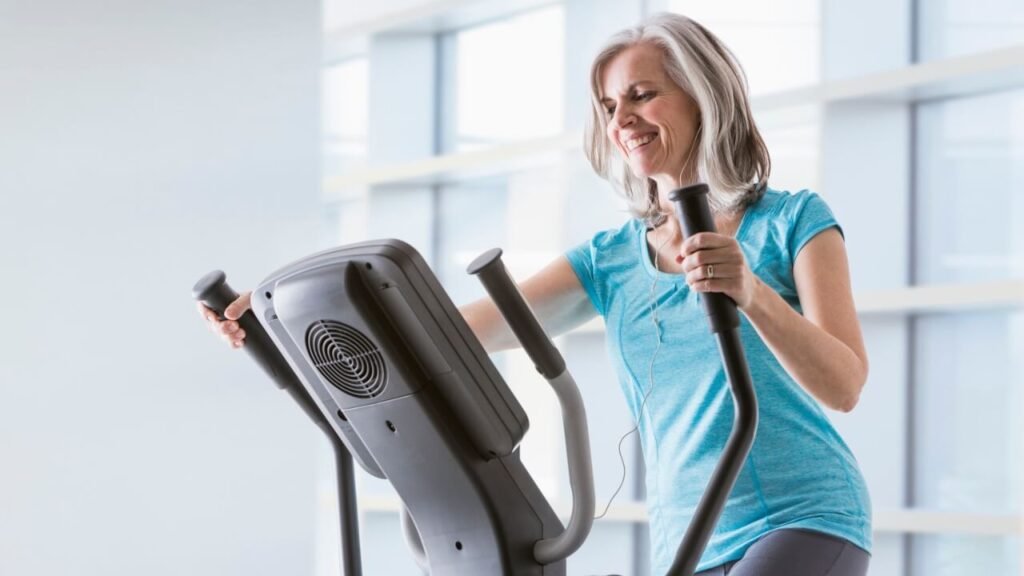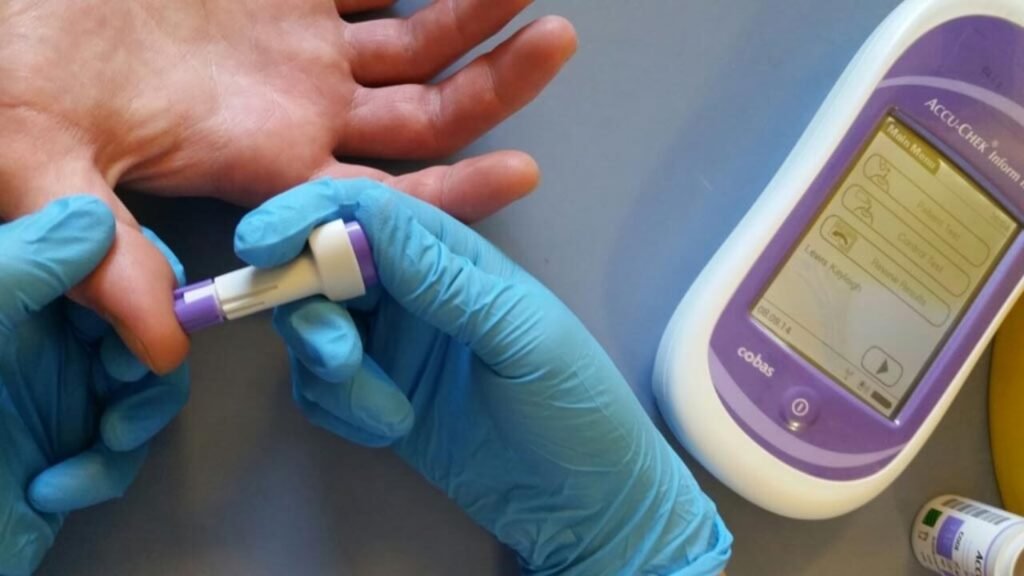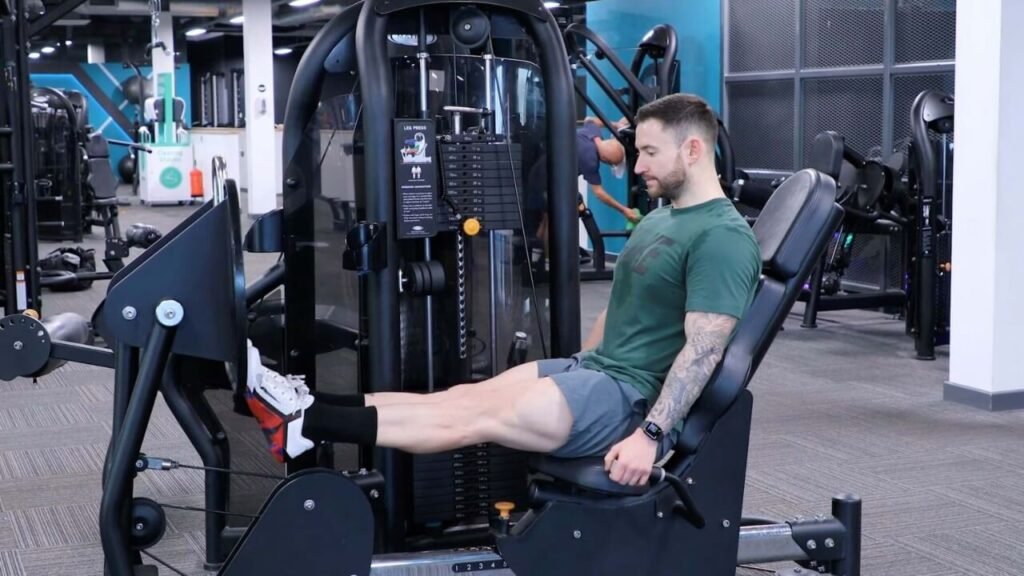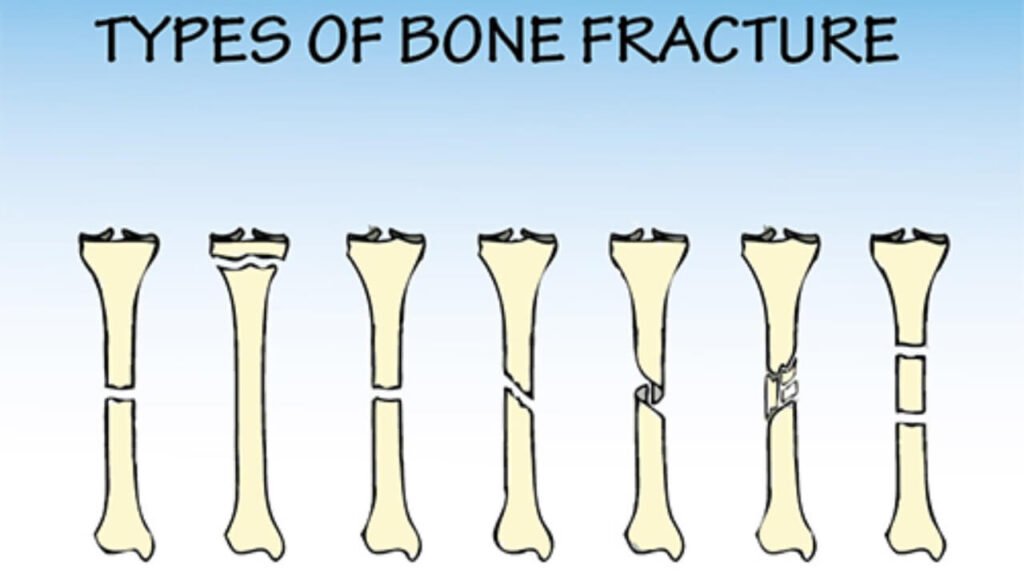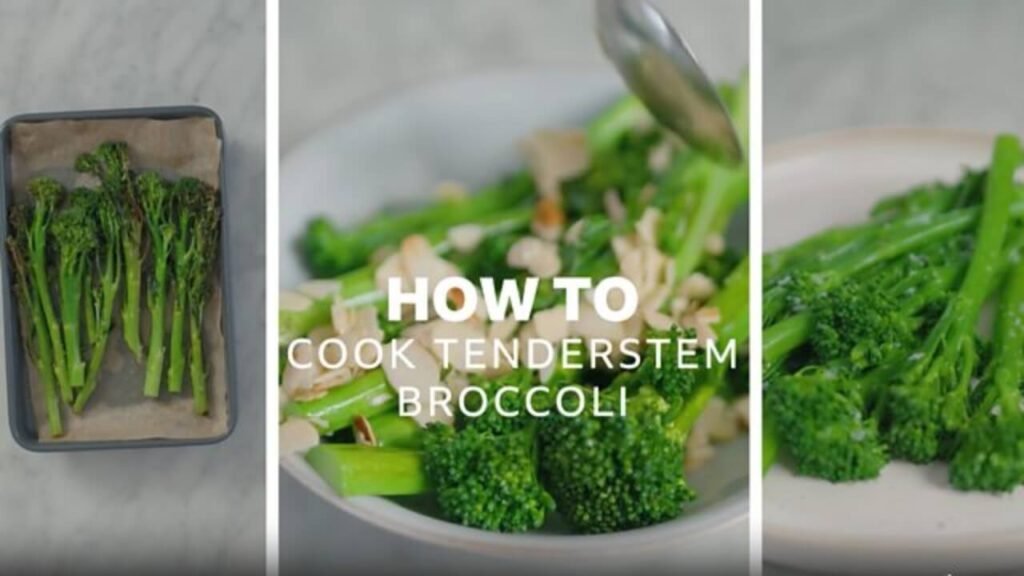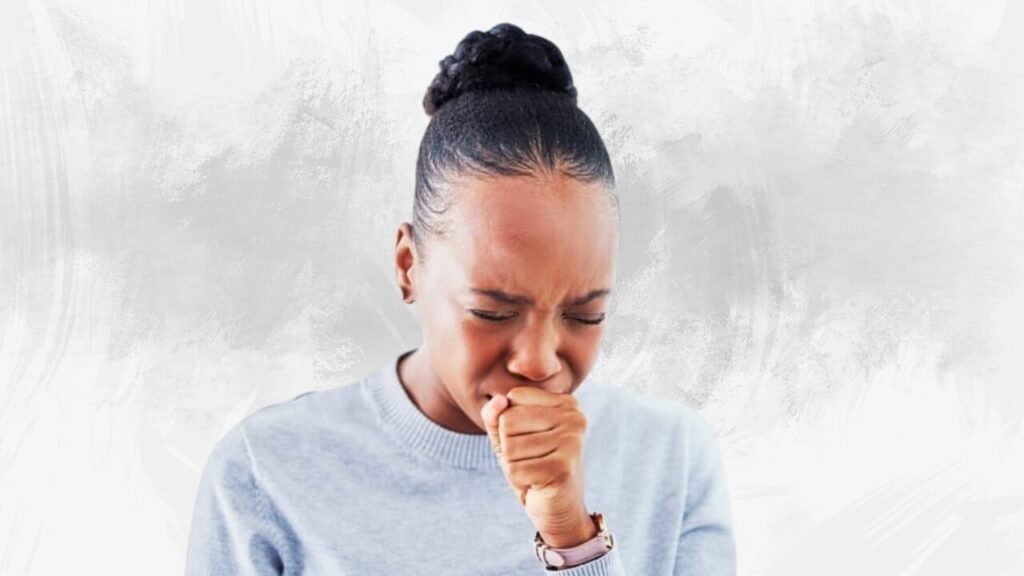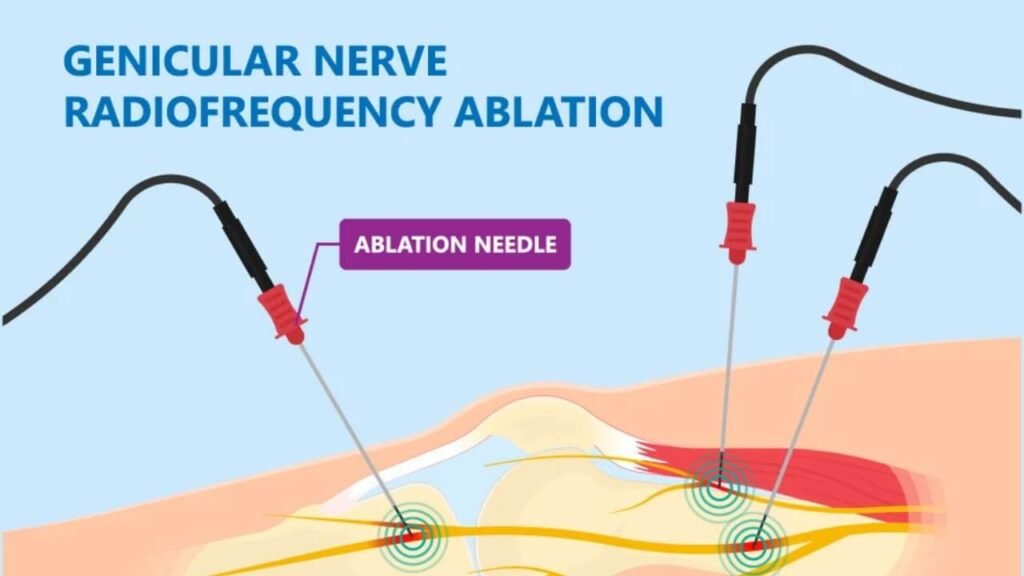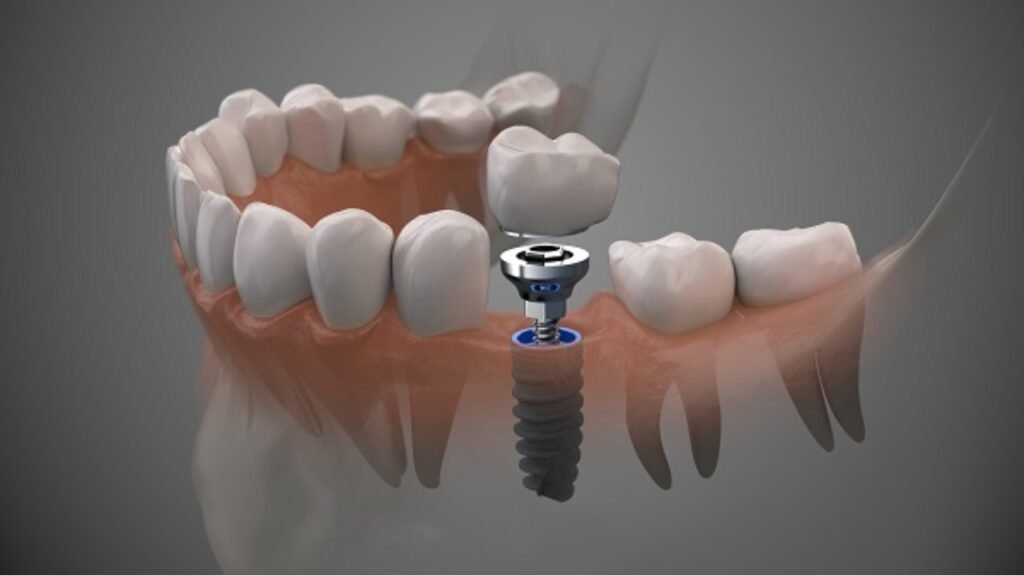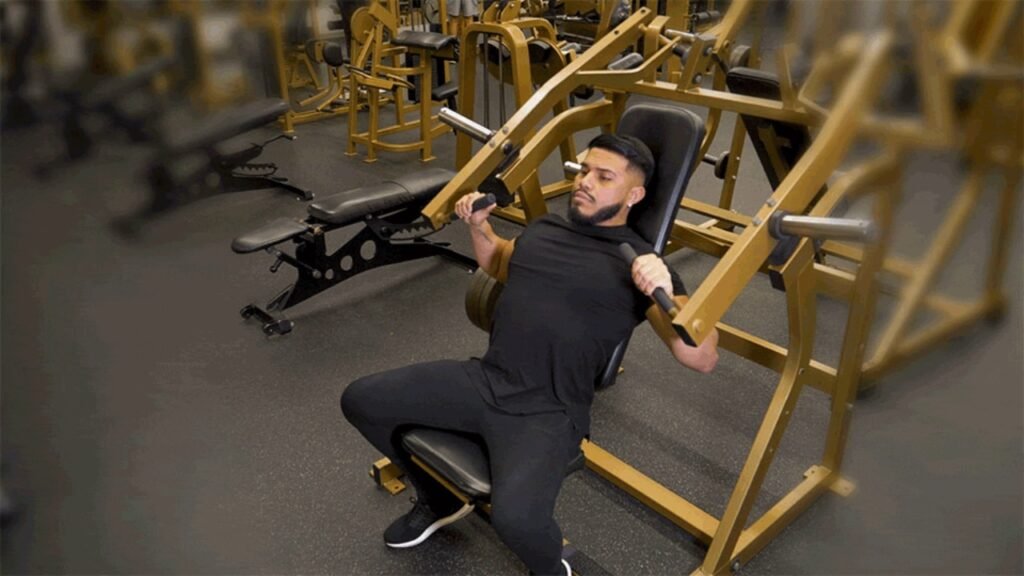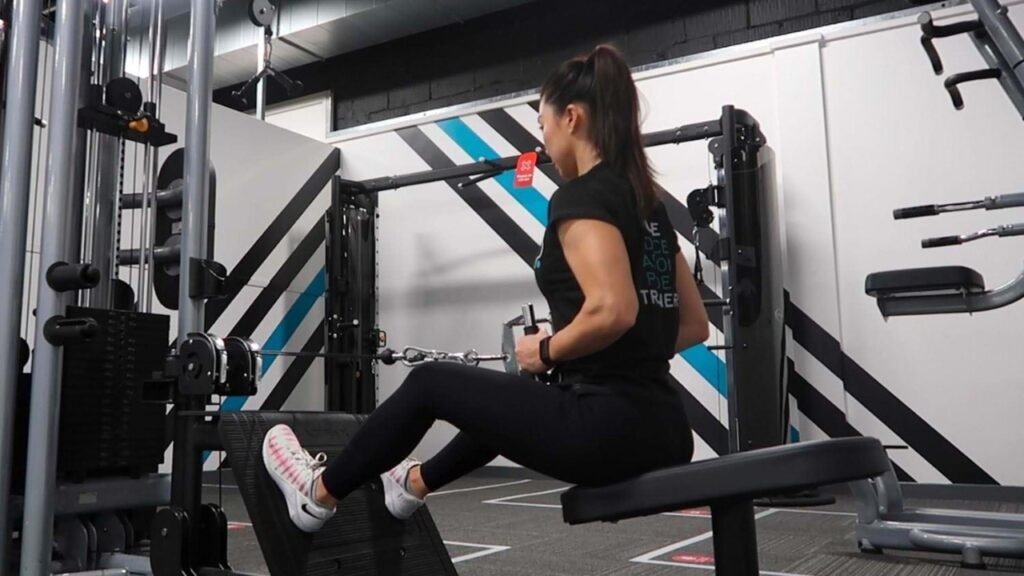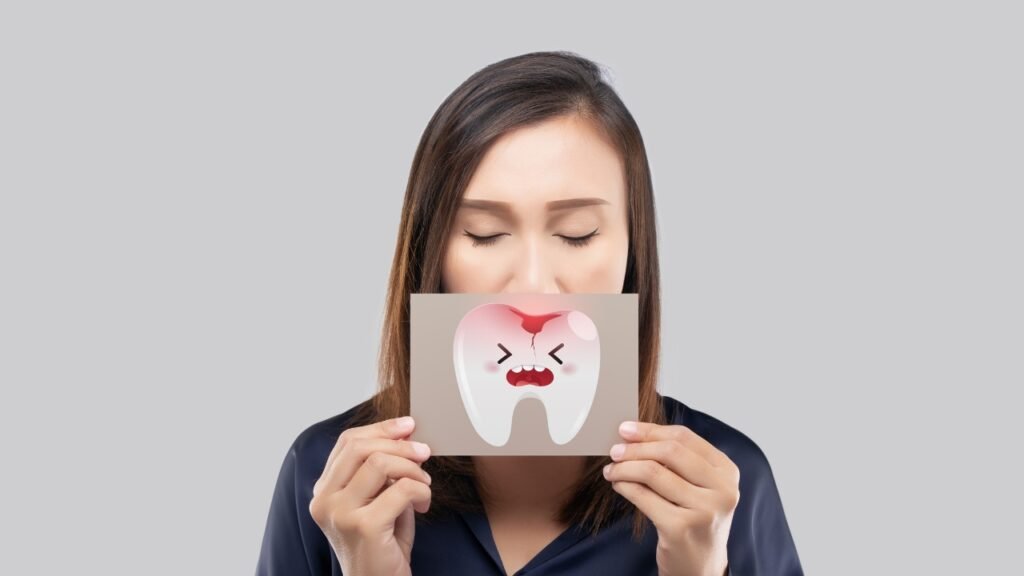Simple Bursitis Hip Exercises for INSTANT Relief!
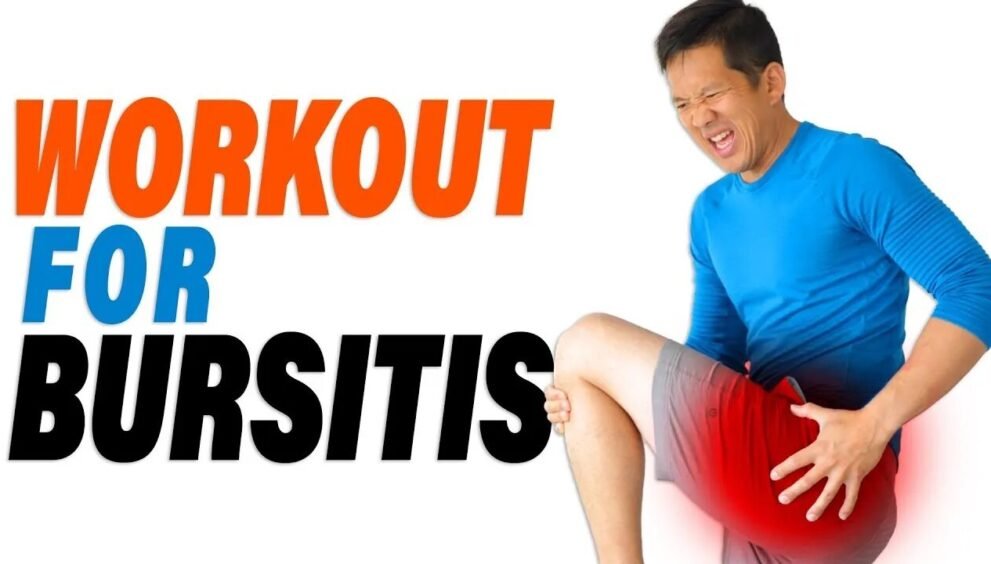
Is hip pain slowing you down? Are you tired of that nagging ache in your outer hip or buttock? You might be dealing with bursitis. The good news is that you don’t have to live with the discomfort. Targeted bursitis hip exercises can be a game-changer in managing your pain, improving your mobility, and getting back to the activities you love. This comprehensive guide, tailored for American readers seeking practical solutions, will walk you through understanding bursitis, identifying its symptoms, and most importantly, implementing effective exercises to alleviate your pain and prevent future flare-ups.
Understanding Hip Bursitis
Hip bursitis, specifically trochanteric bursitis, is a common condition affecting the bursa, a small, fluid-filled sac that cushions the bones, tendons, and muscles around your joints. The trochanteric bursa is located on the outside of your hip, near the greater trochanter of the femur. When this bursa becomes inflamed, it leads to pain that can range from a dull ache to a sharp, stabbing sensation. Oftentimes, this pain is felt in the hip, thigh, or even buttocks. Activities like walking, climbing stairs, or even simply lying on your side can exacerbate the discomfort.
While anyone can develop hip bursitis, it’s more common in middle-aged or older adults, particularly women. Certain factors can increase your risk, including repetitive movements, overuse, injury, poor posture, leg length inequality, and underlying conditions like arthritis or scoliosis. In addition, bone spurs or calcium deposits in the hip can irritate the bursa.
Symptoms of Hip Bursitis
Recognizing the symptoms of hip bursitis is the first step toward seeking appropriate treatment. Common signs include:
- Pain on the outside of your hip, thigh, or buttock
- Pain that worsens with activity, such as walking, running, or climbing stairs
- Pain that is more intense at night, especially when lying on the affected side
- Stiffness in the hip joint
- Tenderness to the touch around the greater trochanter
It’s important to consult a doctor or physical therapist for an accurate diagnosis. Other conditions, such as hip osteoarthritis or tendinitis, can cause similar symptoms. Therefore, getting a proper assessment is crucial to developing an effective treatment plan.
The Role of Exercise in Managing Hip Bursitis
Bursitis hip exercises play a vital role in managing pain and promoting healing. While rest is important during acute flare-ups, prolonged inactivity can lead to stiffness and muscle weakness, worsening the condition in the long run. A well-designed exercise program focuses on several key goals:
- Reducing Inflammation: Specific exercises can help to reduce inflammation and swelling in the bursa.
- Strengthening Muscles: Strengthening the muscles around the hip joint, including the hip abductors, hip flexors, and gluteal muscles, provides better support and stability, reducing stress on the bursa.
- Improving Flexibility: Stretching exercises improve flexibility and range of motion in the hip joint, preventing stiffness and promoting proper joint mechanics.
- Correcting Posture: Addressing postural imbalances can reduce stress on the hip joint and prevent future flare-ups.
“Exercise, when prescribed and performed correctly, can be a powerful tool in managing hip bursitis,”
says Dr. Emily Carter, a board-certified orthopedic surgeon specializing in hip and knee conditions.
“A combination of strengthening, stretching, and postural exercises can alleviate pain, improve function, and prevent recurrence.”
Effective Bursitis Hip Exercises for Pain Relief
Before starting any exercise program, it’s crucial to consult with your doctor or physical therapist. They can assess your condition, determine the appropriate exercises for you, and provide guidance on proper form and technique. Start slowly and gradually increase the intensity and duration of your exercises as your pain decreases and your strength improves. Listen to your body and stop if you experience any sharp or worsening pain.
Here are some effective exercises that are often recommended for managing hip bursitis:
Stretching Exercises
Stretching is essential for improving flexibility and range of motion in the hip joint. Hold each stretch for 20-30 seconds and repeat 2-3 times.
- Hip Flexor Stretch: Kneel on one knee with your other foot forward, bent at a 90-degree angle. Gently push your hips forward, feeling a stretch in the front of your hip.
- Piriformis Stretch: Lie on your back with your knees bent. Cross your affected leg over your other knee. Gently pull your uncrossed thigh toward your chest until you feel a stretch in your buttock.
- IT Band Stretch (Standing): Stand with your affected leg crossed behind your other leg. Lean toward the uncrossed leg, reaching down your leg to feel a stretch along the outside of your hip and thigh.
Strengthening Exercises
Strengthening the muscles around the hip joint provides better support and stability, reducing stress on the bursa. Perform 10-15 repetitions of each exercise, 2-3 sets.
- Side-Lying Leg Raises: Lie on your side with your affected leg on top. Keeping your leg straight, slowly raise it towards the ceiling. Hold for a few seconds and slowly lower it back down.
- Clamshells: Lie on your side with your knees bent and feet together. Keeping your feet together, slowly open your top knee towards the ceiling, rotating at your hip. Hold for a few seconds and slowly lower it back down.
- Glute Bridges: Lie on your back with your knees bent and feet flat on the floor. Squeeze your glutes and lift your hips off the floor, forming a straight line from your shoulders to your knees. Hold for a few seconds and slowly lower back down.
- Standing Hip Abduction: Stand holding onto a chair or wall for support. Keeping your leg straight, slowly move your affected leg out to the side. Hold for a few seconds and slowly return to the starting position.
- Short Arc Quads: Sit in a chair with your feet flat on the floor. Place a rolled towel or small pillow under your affected knee. Slowly straighten your knee, extending your leg until it is parallel to the floor. Hold for a few seconds and slowly lower it back down. This strengthens the quadriceps, which support hip stability.
Low-Impact Aerobic Exercises
Low-impact aerobic exercises, such as walking, swimming, or cycling, can help to improve circulation, reduce stiffness, and maintain overall fitness without putting excessive stress on the hip joint.
- Walking: Start with short walks and gradually increase the distance and intensity as your pain decreases.
- Swimming: Swimming is a great low-impact exercise that can help to improve cardiovascular fitness and reduce stress on the joints.
- Cycling: Cycling can be a good option, but make sure to adjust the seat height to avoid overstressing the hip joint.
Lifestyle Modifications for Hip Bursitis
In addition to bursitis hip exercises, certain lifestyle modifications can help to manage your symptoms and prevent future flare-ups.
- Avoid Activities That Aggravate Your Pain: Identify activities that worsen your pain and avoid them, or modify them to reduce stress on your hip joint.
- Maintain a Healthy Weight: Excess weight can put extra stress on your hip joint, increasing your risk of bursitis.
- Use Proper Posture: Maintaining good posture can help to reduce stress on the hip joint. Be mindful of your posture when sitting, standing, and walking.
- Wear Supportive Shoes: Wearing shoes with good arch support can help to improve alignment and reduce stress on the hip joint.
- Consider Orthotics: If you have leg length inequality or foot problems, consider using orthotics to improve alignment and reduce stress on your hip joint.
- Use Assistive Devices: Using a cane or walker can help to reduce stress on your hip joint, especially during acute flare-ups.
Reddit forums often feature users sharing their experiences with hip bursitis and discussing what has helped them. Common suggestions include using a foam roller to release tension in the surrounding muscles, applying ice or heat to the affected area, and taking over-the-counter pain relievers, such as ibuprofen or naproxen. Always consult with your doctor before starting any new treatment regimen.
Preventing Future Flare-Ups
Once your pain has subsided, it’s important to continue with your exercise program and lifestyle modifications to prevent future flare-ups.
- Maintain a Consistent Exercise Routine: Continue to perform your stretching and strengthening exercises regularly to maintain flexibility, strength, and stability in the hip joint.
- Warm Up Before Exercise: Always warm up before exercise to prepare your muscles and joints for activity.
- Cool Down After Exercise: Cool down after exercise to help your muscles recover and prevent stiffness.
- Listen to Your Body: Pay attention to your body and stop if you experience any pain.
- Avoid Overdoing It: Gradually increase the intensity and duration of your activities to avoid overstressing your hip joint.
Conclusion: Taking Control of Your Hip Pain
Hip bursitis can be a painful and frustrating condition, but it doesn’t have to control your life. By understanding the condition, recognizing its symptoms, and implementing effective bursitis hip exercises and lifestyle modifications, you can take control of your pain, improve your mobility, and get back to the activities you enjoy. Remember to consult with your doctor or physical therapist for an accurate diagnosis and personalized treatment plan. With dedication and consistency, you can overcome hip bursitis and live a pain-free life. Moreover, remember that patience is key, and it may take time to see results. But with persistence, you can effectively manage your hip pain and improve your quality of life.










